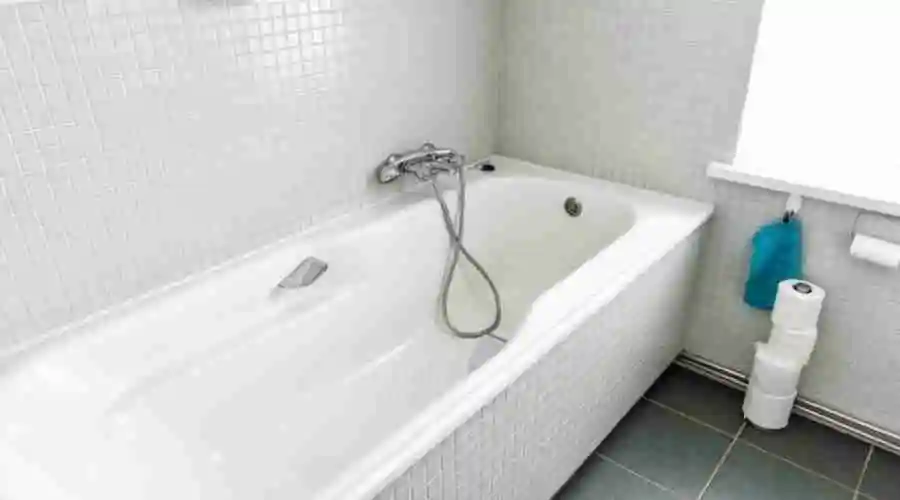The mold can spread all over the bathroom; typically, it hides in the nooks and crannies, but it can also be found on the tiles. The most common cause of mold growth in bathrooms is high humidity, but it can also be caused by a lack of proper hygiene in the space. The areas in the bathroom most prone to humidity buildup are the areas around the shower, the toilet, the pipes, and the surfaces that are exposed to water, such as the tiles, walls, floor, and ceiling.
How can you prevent mildew from growing in the bathroom? It is vital to do a cleaning that is both thorough and frequent, in addition to adhering to certain basic safety considerations.
How to Recognize Mold in the Bathroom
Mold can grow in the bathroom.
Mold is not always obvious at first glance; in fact, when it comes to mold spores that are still very minute or mold that is just beginning to form, we can detect their presence based on their odor. In addition, it is important to inspect the tiles, as a porous layer may develop in the space between individual tiles.
It is recommended that the humidity be kept at a low level in order to prevent the spread of mold; hence, the following preventative measures should not be neglected:
- Check that the bathroom does not have any leaks; this can be done while you are cleaning as you normally would.
- All of the hard surfaces, including the floor tiles and wall tiles, should be cleaned and then dried.
- Clean soft surfaces, such as the curtain for the shower cubicle, on a regular basis.
- When taking a shower, make sure that the curtain or the door to the shower cubicle is completely closed so that there is as little water as possible that gets on the floor and walls.
- After each shower, ensure adequate ventilation in the room by leaving the doors and windows open.
- After you’ve showered, you should dry the room.
- After hanging the mats and towels outside, where they can be in direct contact with the air, wait until they are totally dry to rearrange them within the bathroom.
- Set up the shower to activate an exhaust fan that you have installed.
Getting rid of the mold in the bathroom
To get rid of the mold, you don’t necessarily have to use the traditional detergents that are sold in stores. There are other methods that can be used. There are natural therapies that, in addition to being just as effective as their synthetic counterparts, are also safe for the environment.
- Once you have determined that mold is growing in the crevices and other areas, you should use a toothbrush that has been dipped in a solution that consists of 250 milliliters of water, and 100 milliliters of vinegar, and the juice of one lemon. In cases of mold that is difficult to eradicate, baking soda can help.
- It’s a good idea to clean the shower curtain in the washing machine on occasion, using a combination of baking soda and vinegar in the amount of a cup each. If it is plastic, you should let it soak in water containing detergent for a while, and in this particular instance, you should also add vinegar. Make sure that everything is completely dry before you begin putting it together.

